10 Rarely Known Facts About Whole Grain Foods
Whole-grain foods are the foods actually good for you. They are healthy, reduce disease risk, aid digestion, and loaded with fiber and other essential nutrients.
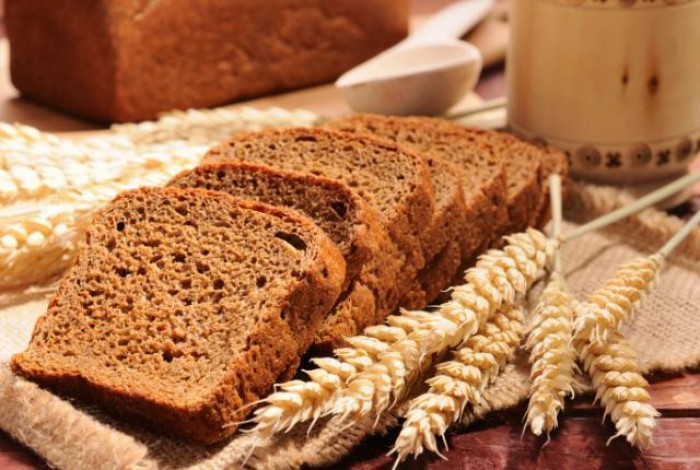
When you’re putting on weight and want to lose those extra pounds, you’re recommended a low-calorie diet and a good physical workout. And when it comes to your diet, one thing you’re asked to do is replace refined grains with whole grains as the latter is healthier. But do you know what makes it healthier? Let’s begin by knowing what whole grains are and how are they good for health.
Whole grains are basically grains of cereal and pseudocereal containing endosperm (mostly contains carbohydrates, proteins, and small amounts of minerals and B vitamins), bran (fiber, B vitamins, phytochemicals, antioxidants, and 50-80% minerals such as magnesium, iron, zinc, copper) and germ (mostly contains B vitamins, phytochemicals, healthy fats, antioxidants like Vitamin E). While in refined grains, only endosperm is retained and most of the bran and some of the germ are removed. As a result, this leads to providing us with less fiber, vitamins, phytochemicals, minerals, and proteins. (7.1)
And anyways, obese or not, whole grain foods should be consumed as they have a high nutrition value. Let’s now know some lesser-known facts about whole grain foods.
1. They Keep You Feeling Full for Longer
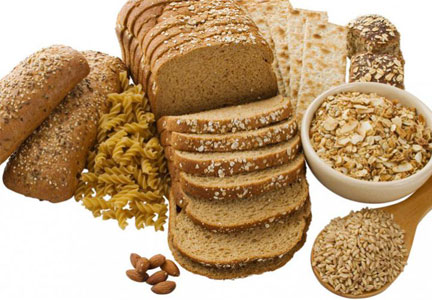
Whole grains help you in controlling your appetite and weight by leaving you satiated for longer as compared to refined grain foods such as cookies or white bread. The whole grains take longer to digest and can also help in keeping a check on your portions. Rye and protein-packed quinoa give a feeling of complete fullness.
2. These Incredible Foods Enhance Your Longevity
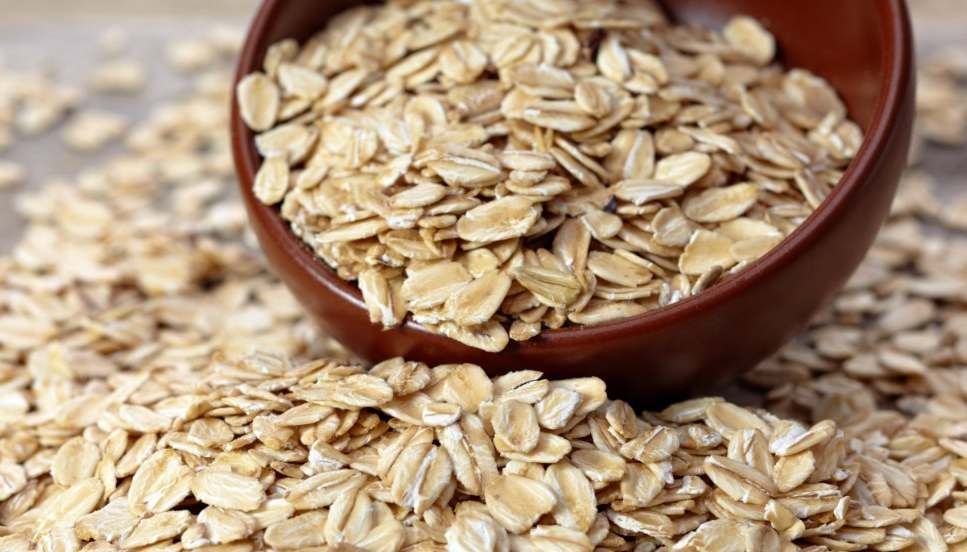
Whole-grain foods help in living better as well and longer. According to a study, over 40,000 postmenopausal women discovered that women consuming 4-7 servings had a 31% lower risk of dying from causes other than cancer or heart disease as compared to women who hardly consumed it. So was the case with men, another study found that men having 1-2 servings of whole grains reduced their risk of dying earlier by 17% as compared to those who didn’t have it or had it in small amounts.
3. Whole Grain Foods Promote Healthier Distribution of Fat
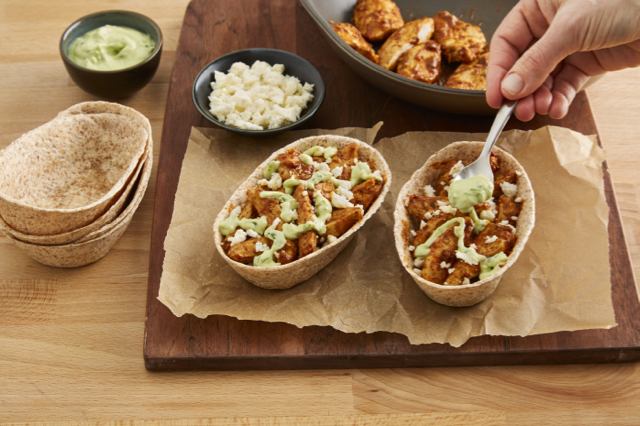
You might not actually lose weight by eating whole grains but studies suggest that it can help you cut down on body fat leading to healthier fat redistribution. Consuming whole grains especially helps in losing belly fat (or central adiposity) thereby reducing the risk of diabetes and other health problems.
4. They Aid in Digestion
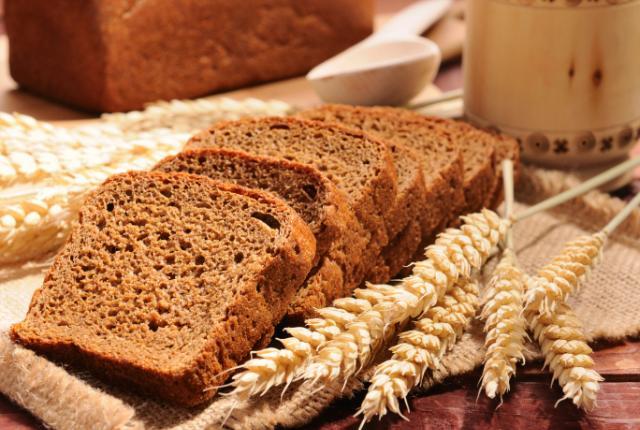
As the whole grains have a high fiber content, it keeps the bowel movements regular. The studies have suggested that people eating more fiber needed lesser laxatives. The whole-grain foods are also effective in curing diverticulosis (the condition in which little pouches are formed in the colon wall, causing inflammation and constipation).
Other than fiber, whole grains also contain lactic acid that promotes “good bacteria” in the large intestine. These organisms help in digestion, promote better nutrition absorption, and may even strengthen the body’s immune system.
5. Whole Grains Have Numerous Health Benefits
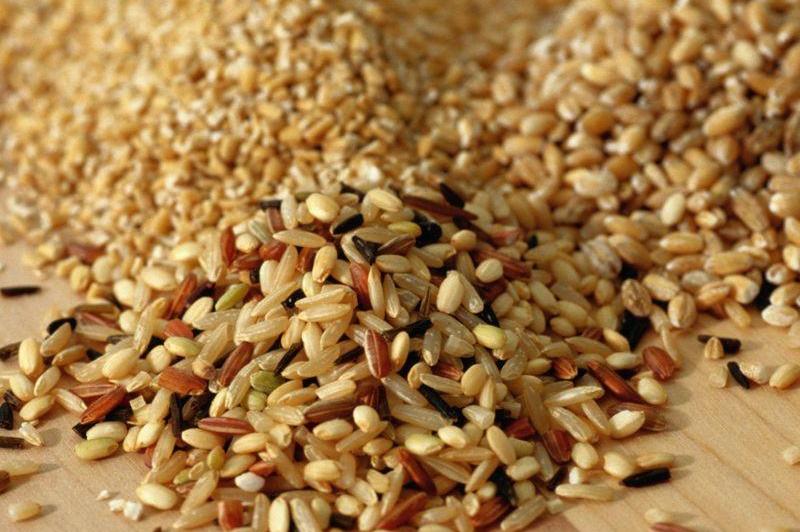
Eating whole grains reduces the risk of various diseases. Regulating blood sugar, protecting teeth and gums, lowering cholesterol, reducing asthma and cancer risk, are a few of the many health benefits of consuming whole grain foods. (7.2)
6. But They Can Even be Unhealthy for Some People
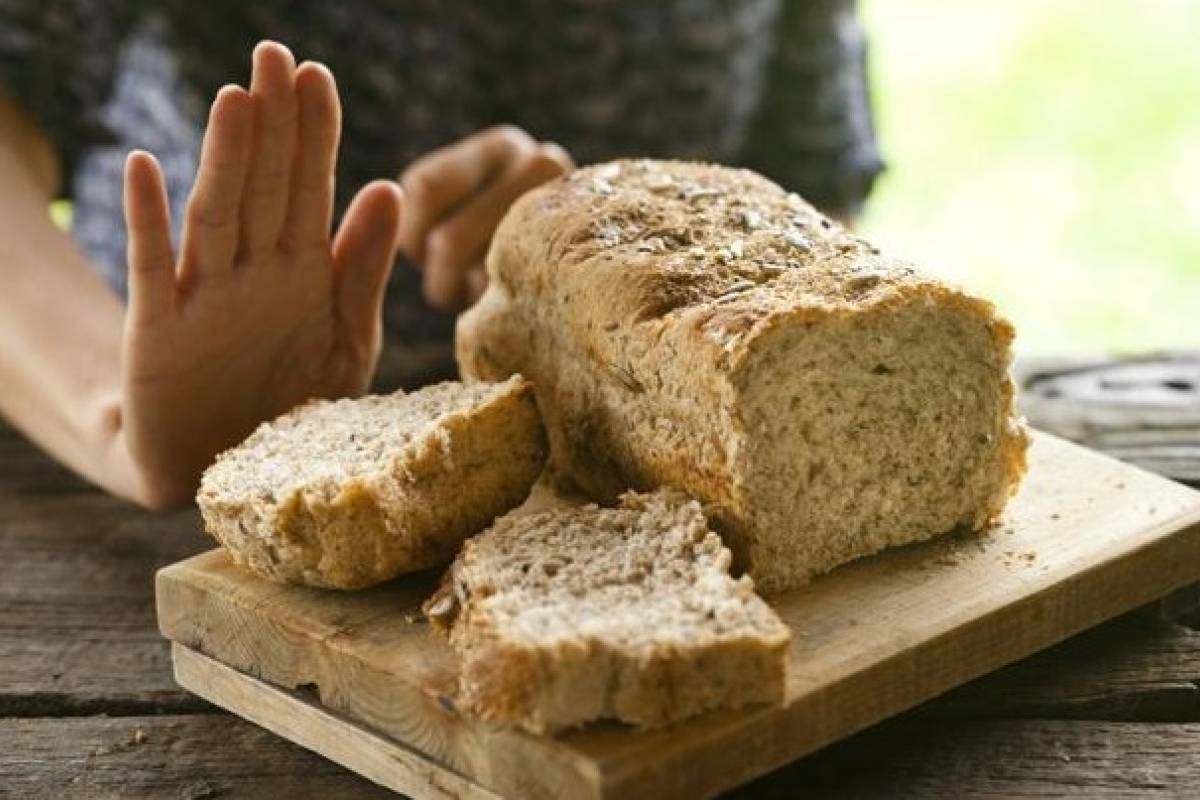
In some people who are genetically susceptible, gluten (the protein found in some grains especially wheat) can trigger non-celiac gluten sensitivity, gluten ataxia, celiac disease, and dermatitis herpetiformis. (7.3)
7. Whole Grains Can Make Your Favorite Fast Foods Healthier
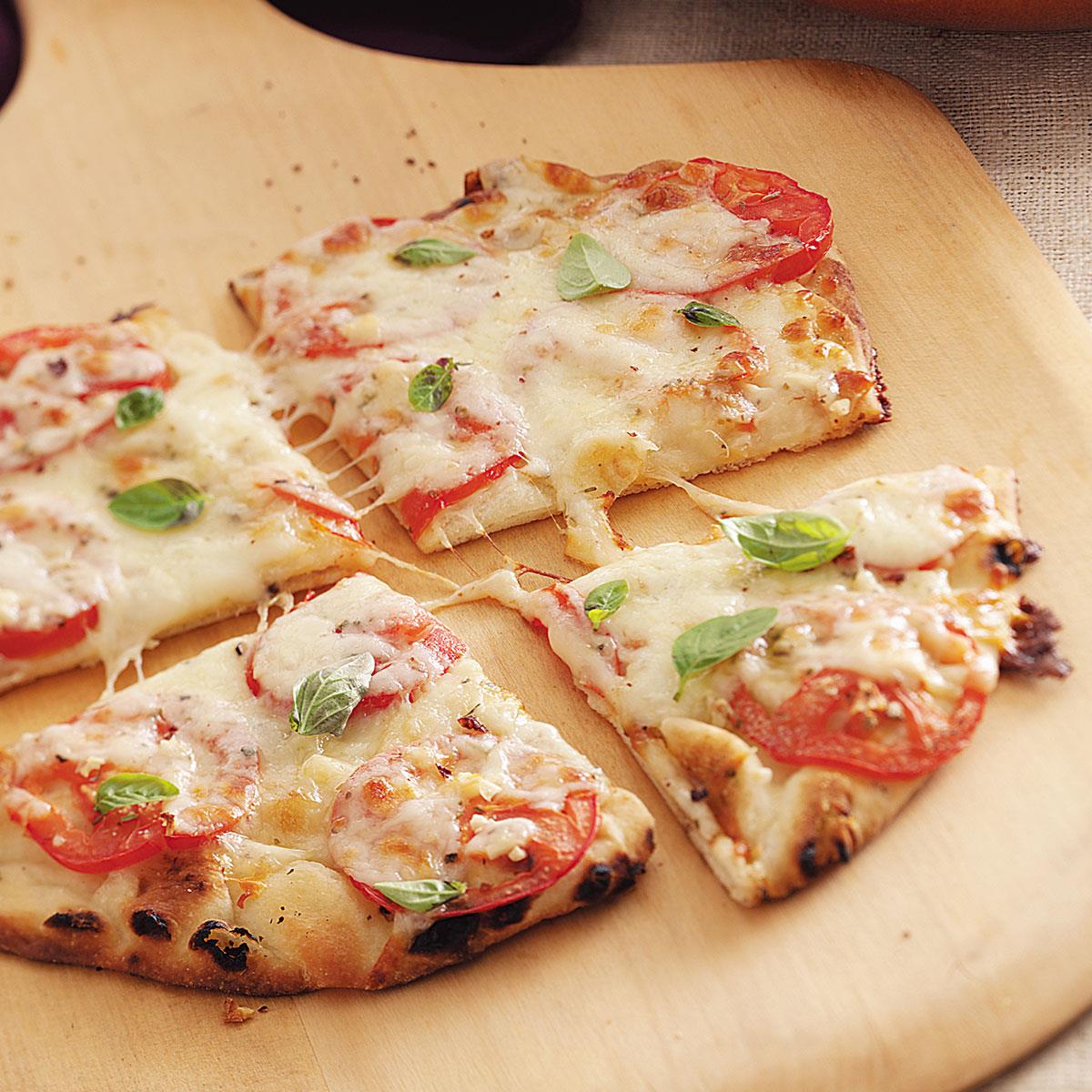
When refined grains are switched by whole grains, you can make low-calorie fast foods healthier. Pizza can be cooked in a healthy way by using whole-wheat English muffin, pita, or bagel and topping it up with tomato sauce, low-fat cheese, and veggies. And when you go out for dinner at a restaurant, ask for brown rice or whole wheat pasta along with your meal.
8. Quinoa Dates Back to Ancient Inca Civilization Who Regarded it as “Mother of All Grains”
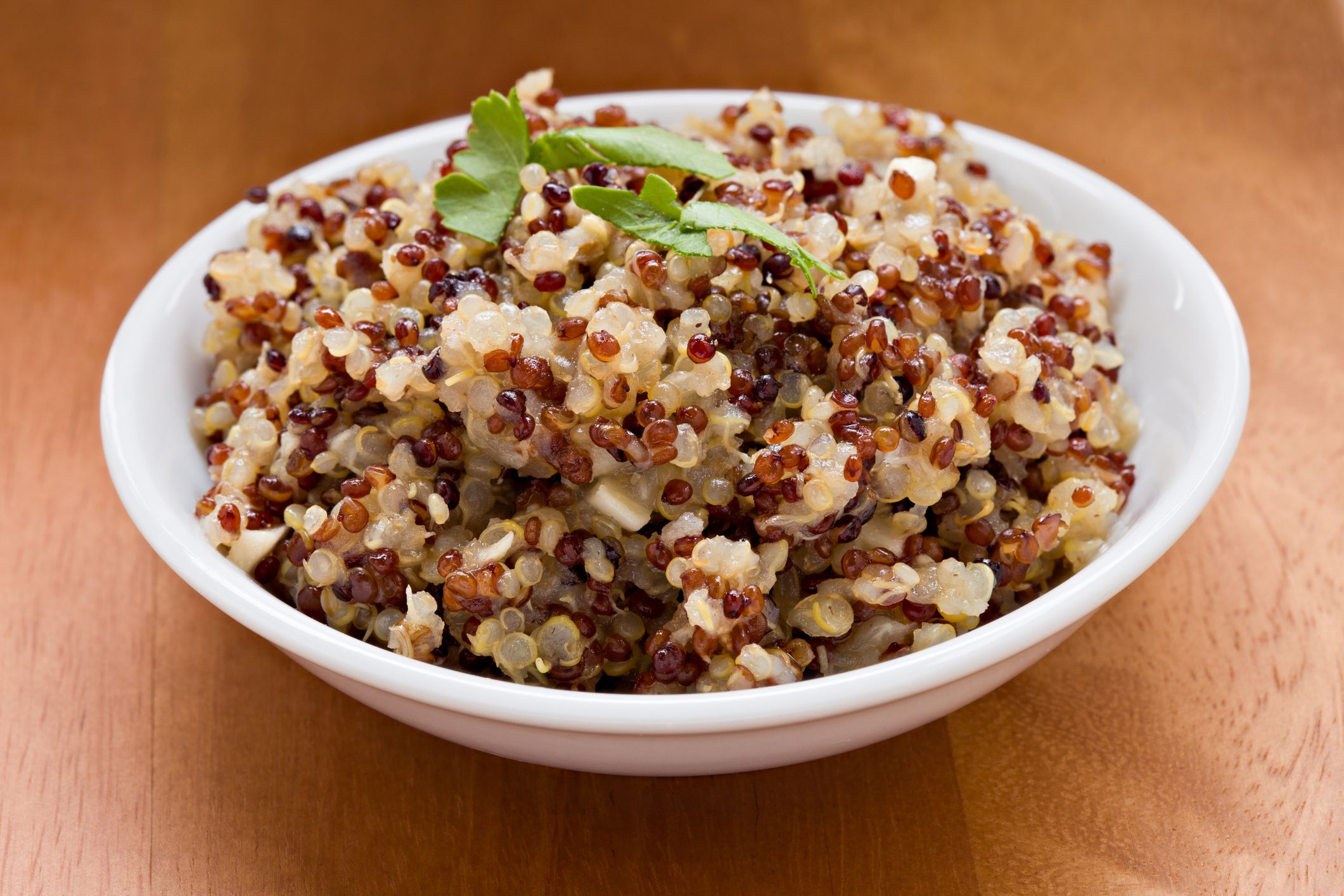
The staple of Andean people, the whole grain ‘quinoa’ goes back to 3,000 to 4,000-year-old Inca civilization. The Incas regarded it sacred and referred to it as “chisaya mama” or "mother of all grains" or “gold of Incas”.
9. A Common Light Snack ‘Popcorn’ is the Only Corn Type That Can Pop

Enjoyed by many, popcorn is a light snack that comes from a special type of corn ‘Zea mays everta’. And interestingly enough, this is the only type of corn that can pop. Adding a pinch of butter and salt can do wonders!
10. Made of Whole Grain, Bagel Was Staple of Polish Cuisine in 16th-17th Century
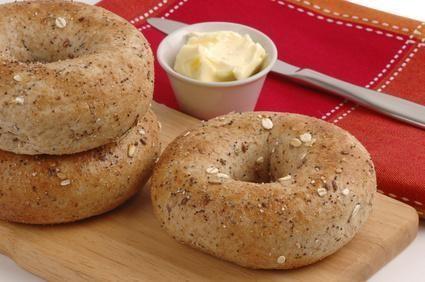
In the 16th and 17th centuries, the bagel became a staple of Polish cuisine and the Slavic diet. Its name has been derived from the Yiddish word ‘beygal’ from the German dialect word ‘beugel’, meaning "ring" or "bracelet".
Popular Posts
Bagged Milk- What is it & Why Canadians Love it?
You won’t always find milk sold in clear plastic bags. But in Canada, the milk is sold in plastic bags. Of course, it has benefits and drawbacks. Let us find it out!
Rishika Gupta
Amazing Ways To Plate Your Dish Like a Pro
Cooking is one of the most loved activities by men and women in the world. People who prepare mouth watering foody delicacies ar...
Bharat Asrani
Gabagool | Capocollo - A Spicy & The Traditional Italian Food
Capocollo is a traditional and spicy Italian and Corsican pork cold cut made from the dry cured muscle running from the neck to ...
Kimberly Campbell








